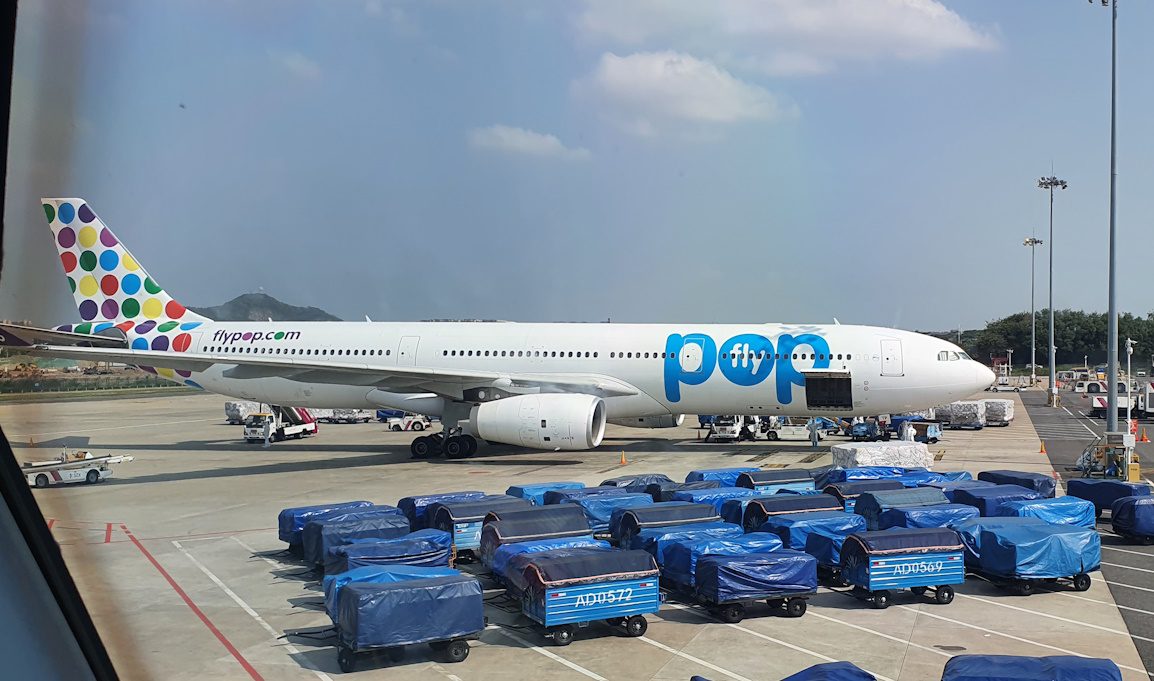Aircraft Maintenance and considerations for awareness begins with looking at the aircraft’s design, creation, and ongoing safety are managed through stringent regulations and procedures. At the crux of ensuring an aircraft’s safety post-production is the Aircraft Maintenance Program (AMP). The AMP’s origin traces back to the aircraft’s design and creation phase.
EASA, the European aviation regulatory body, relies on a series of Certification Specifications (CS) to ensure aircraft safety. CS25, for instance, elaborates on the requirements for “Large Aeroplanes” during their certification process. This document and others like it guide aircraft manufacturers in meeting the necessary criteria for safe design and functionality. CS26, in contrast, discusses Airworthiness Specifications for Operations.
A significant aspect of aircraft design is managing risk through maintenance tasks and setting their frequencies. A Maintenance Review Board identifies tasks like lubricating parts to mitigate risk. This board plays a crucial role in crafting the Maintenance Planning Data (MPD), which subsequently becomes an AMP’s foundation.
Once an aircraft passes the certification process, it is awarded a Type Certificate (TC), testifying that the design aligns with stipulated requirements. TCs are partly contingent on an aircraft’s consistent adherence to its maintenance requirements.
The U.S. employs a similar system, using the Code of Federal Regulation (CFR) documents.
Every aircraft, though sharing common elements, needs a unique AMP (Aircraft Maintenance Program). This customization arises due to aircraft-specific changes, such as modifications or specific repairs. The AMP, drawing from various sources like MPD (Maintenance Planning Data) and specific manuals, also considers the aircraft’s reliability, operating environment, and any alterations made.
For an aircraft to maintain airworthiness, the AMP might introduce tasks beyond the mandatory. When aircraft shift between operators, it’s essential that these added tasks get completed to meet requirements of the AMP and they will commonly revert to a standard, often necessitating a “bridging check.”
Maintenance tasks will for example emanate from the manufacturer’s obligation to adhere to certification standards. The Maintenance Review Board Report (MRBR) is crucial as it’s crafted with inputs from stakeholders like aircraft owners, operators, and manufacturers. MRBR’s creation leans on the (Maintenance Steering Group) MSG-3 method.
This is a vast and complex area, so we will look at a small consideration – typically this is an area when you start to learn, you end up with more questions.
We will soon launch a course that has been a long time in the making, being proofed by industry experts along with different CAMO departments considering how to create an AMP where we go over two core examples considering an Airbus and a Boeing aircraft with examples and illustrations throughout, you can follow the process and create the AMP for yourself.
Why not learn more with IALTA and check out some of our courses https://ialta.aero/courses, be sure to follow us on LinkedIn and keep an eye out for the new AMP course that will be online soon.
